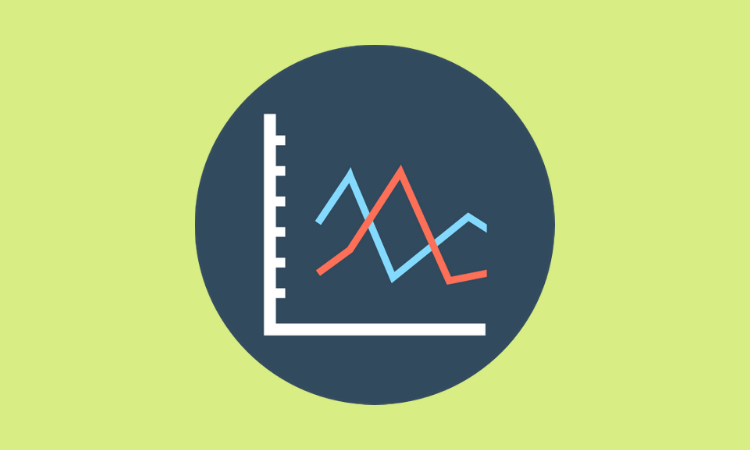10-Q, Member Exclusive
With its historic asset cap lifted, what exactly does Wells Fargo plan to do with its regained freedom?
- In early June 2025, Wells Fargo finally saw the infamous asset cap lifted.
- What did it take for Wells to reach this turning point? And how does it plan to make the most of its second chance?
Sara Khairi | June 30, 2025
10-Q, Member Exclusive
Wise goes West: Why the London fintech star is headed for a US stock exchange, and what it signals about global capital markets
- Wise announced it plans to shift its primary stock listing to a US stock exchange, a move both strategic and symbolic that underscores tectonic shifts in the global listings landscape.
- Wise’s decision is less about location and more about evolution. And London, for now, remains a proud hometown - but a second choice.
Sara Khairi | June 16, 2025
Artificial Intelligence, Member Exclusive
Agentic AI is knocking. Here’s how banks are answering the door
- A growing number of institutions are assessing how to deploy Agentic AI systems securely within their established governance structures, as they anticipate a shift toward greater automation in financial services.
- Our analysis focuses on financial institutions that have implemented or are planning to implement Agentic AI, as well as the present state of their integration initiatives.
Sara Khairi | June 12, 2025
10-Q, Member Exclusive
A tale of two innovations: Square’s AI edge for SMBs and Morgan Stanley’s code makeover
- We track two new AI developments this week from well-known public companies: Square and Morgan Stanley.
- We analyze how Square’s Conversational AI signals a broader transformation in small business tech, and shed light on Morgan Stanley’s work addressing a critical, yet often ignored, AI issue.
Sara Khairi | June 09, 2025
10-Q, Member Exclusive
How Pagaya (PGY) and Upstart (UPST) are venturing deeper into AI to make fintech lending more intelligent
- Recently, some of the quieter names in public finance have pushed their AI efforts beyond experimentation and into practical use.
- We look at how under-the-radar public financial firms, Pagaya and Upstart, are operationalizing AI within their organizations.
Sara Khairi | June 02, 2025









